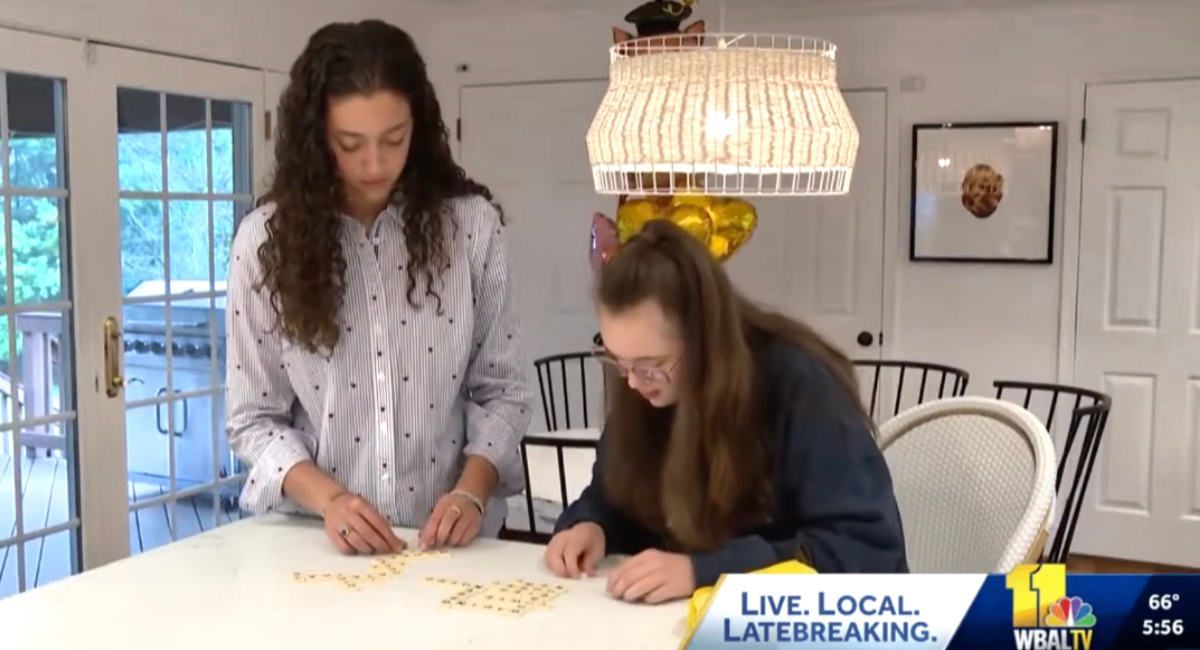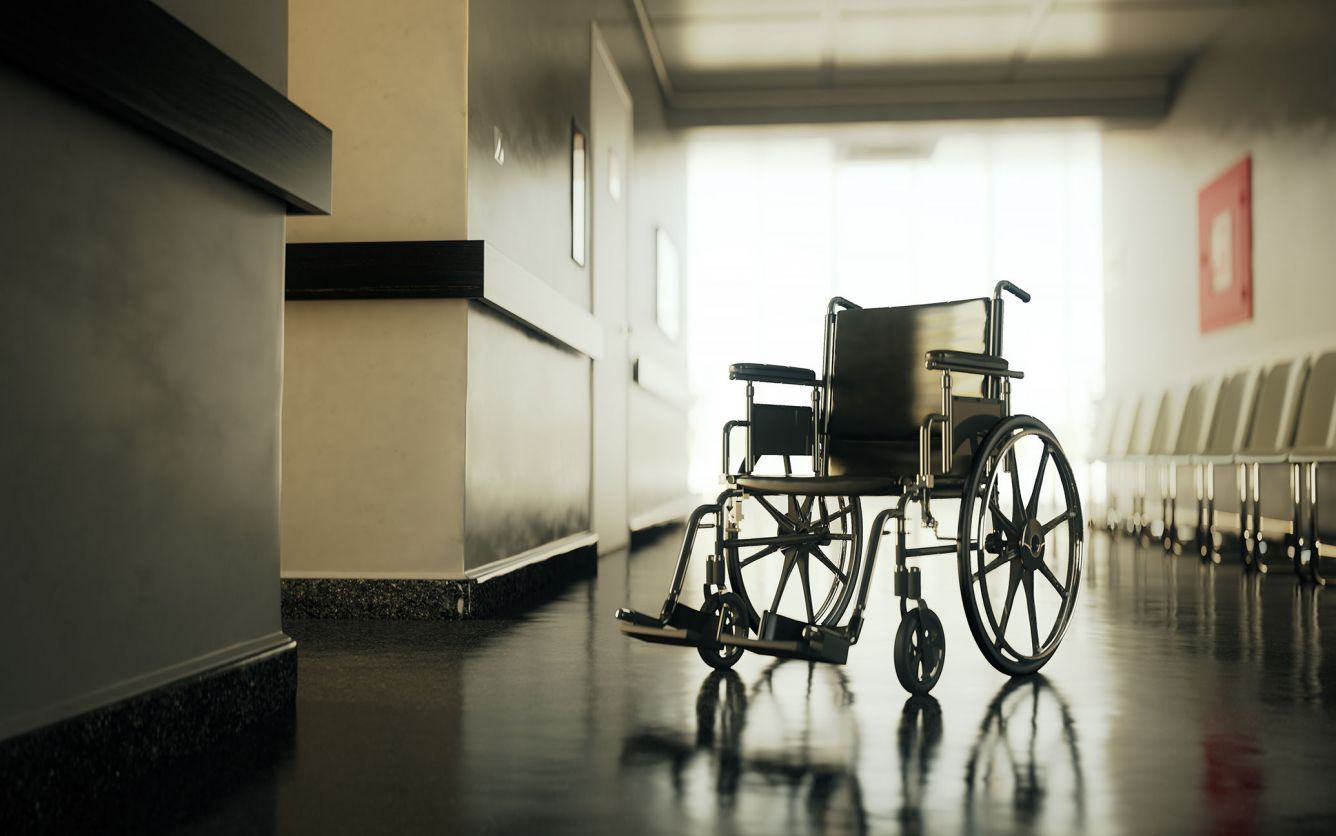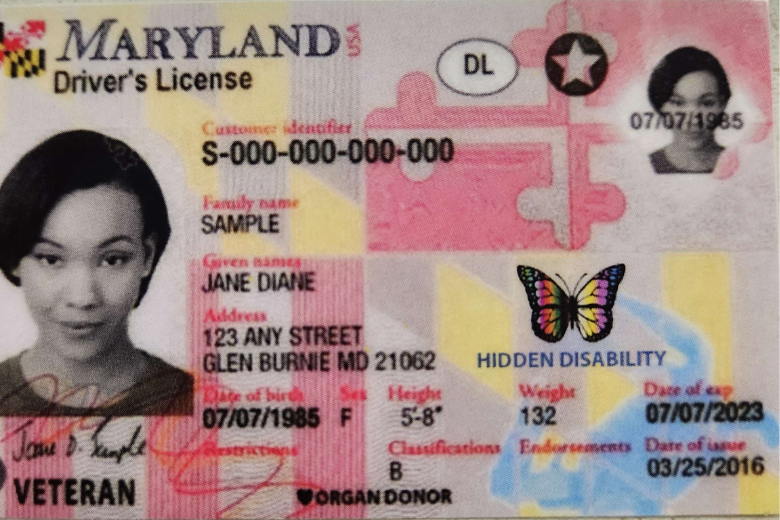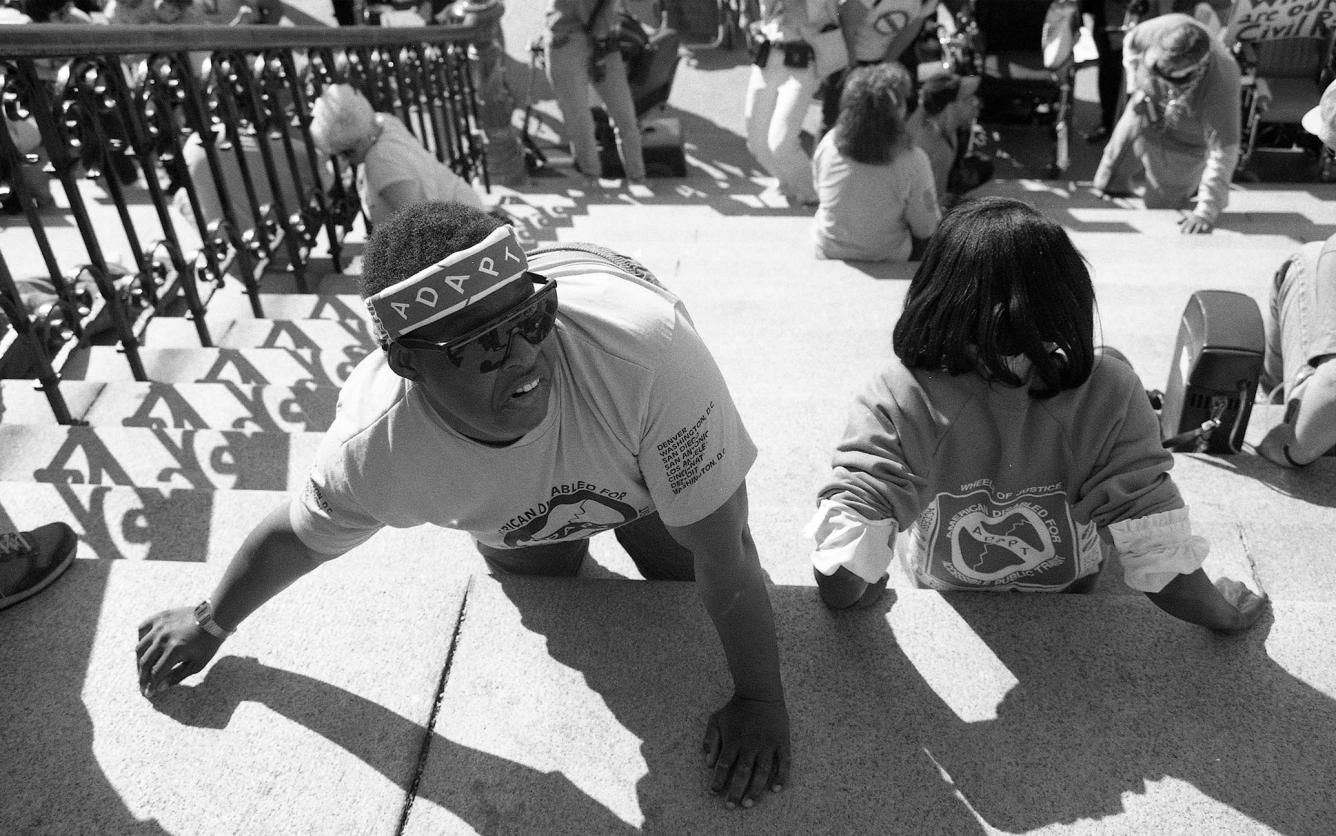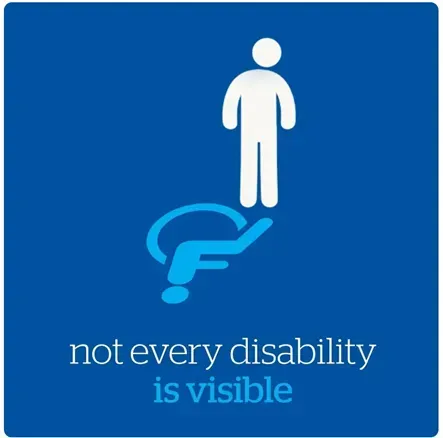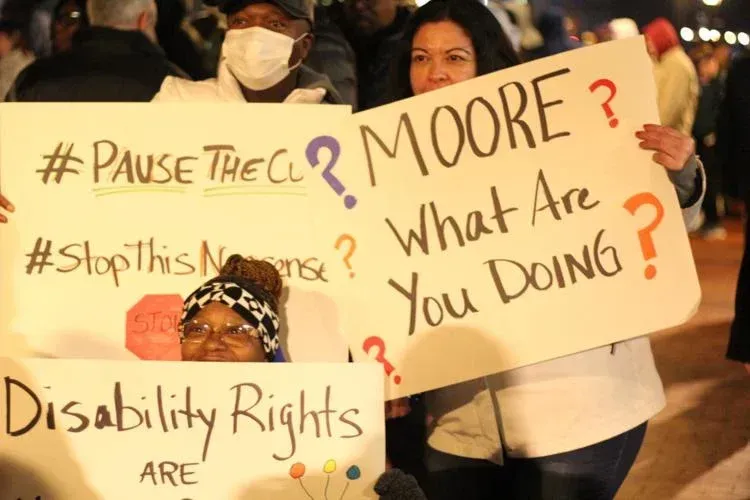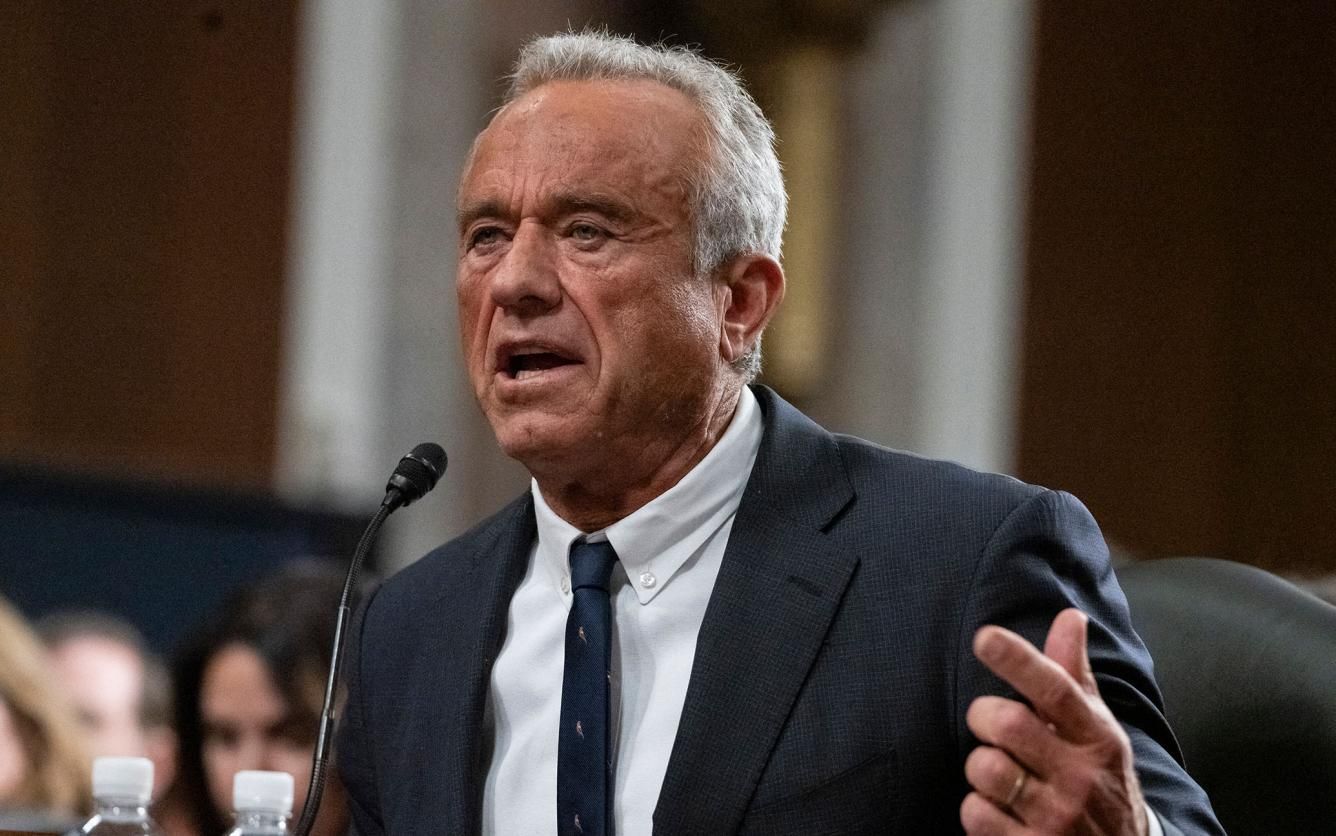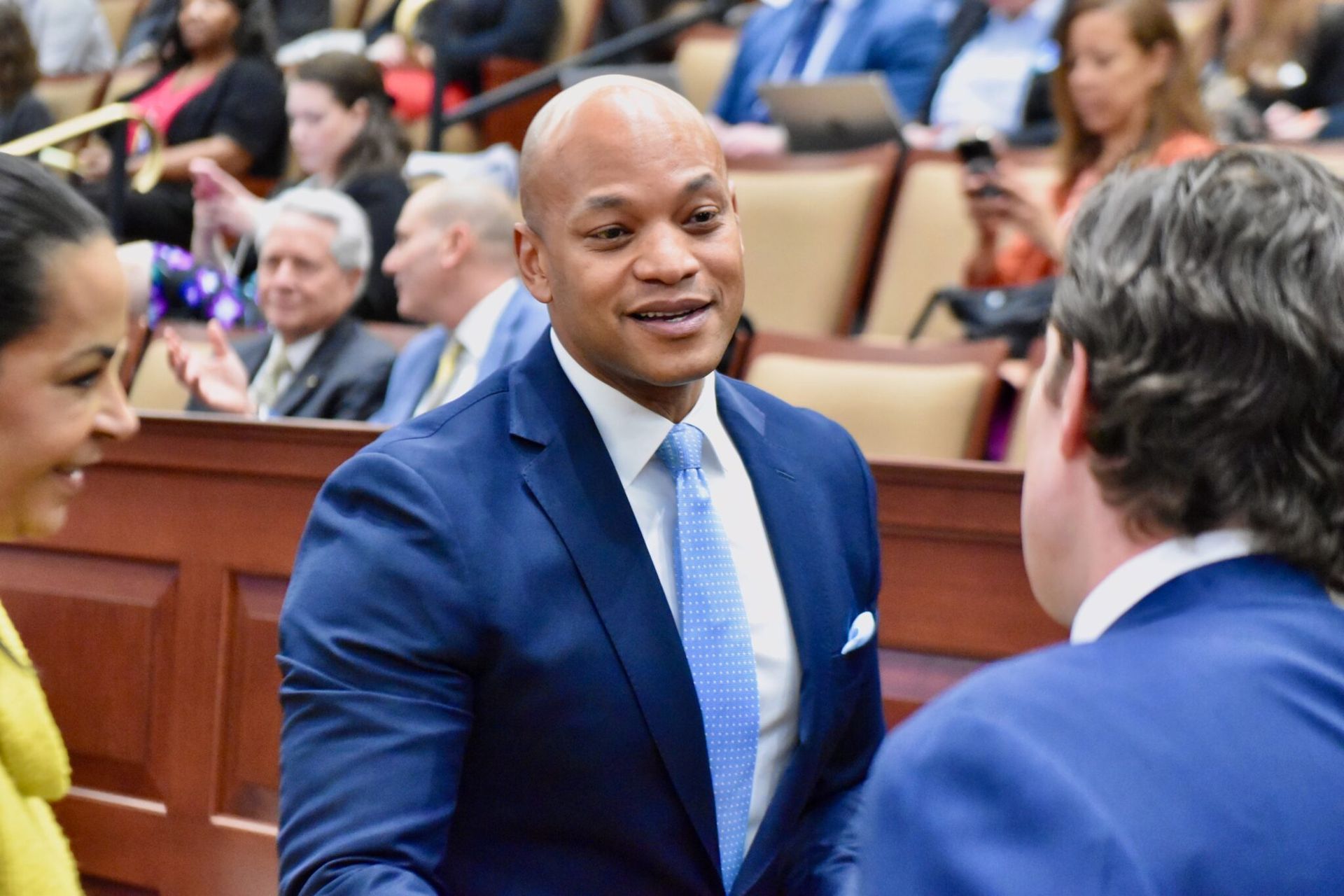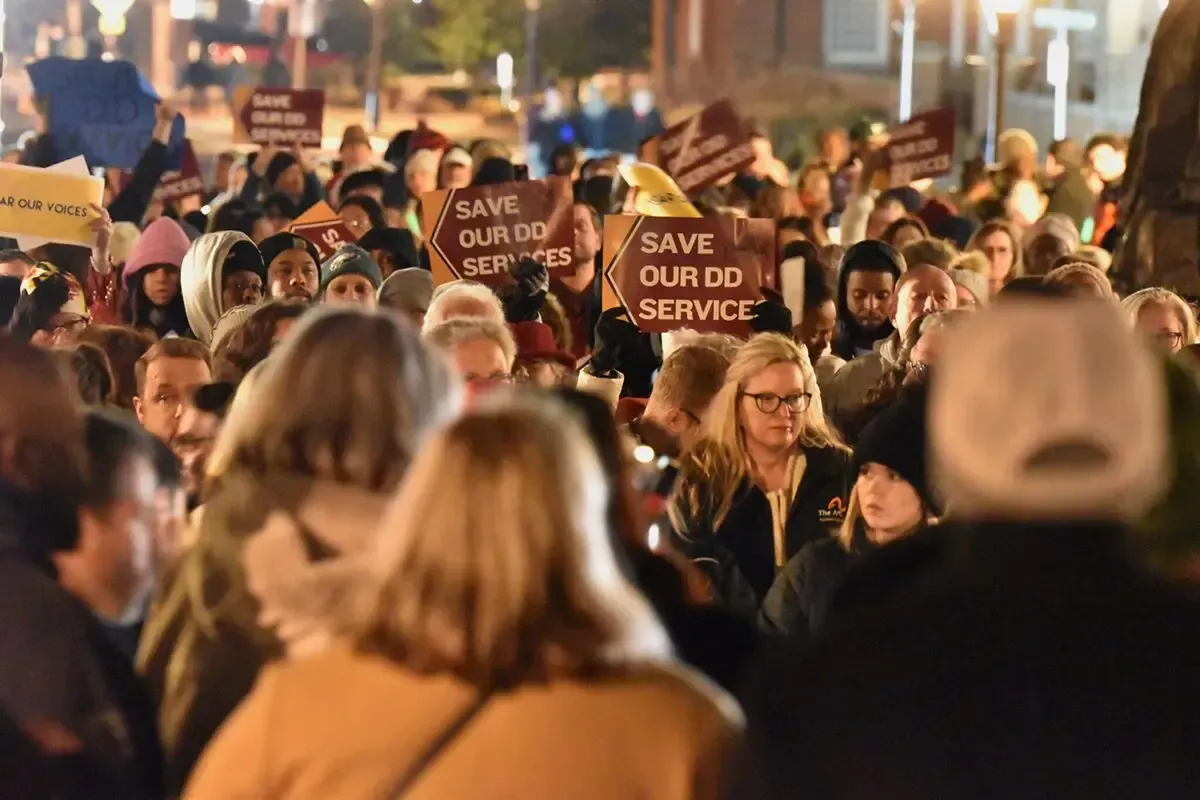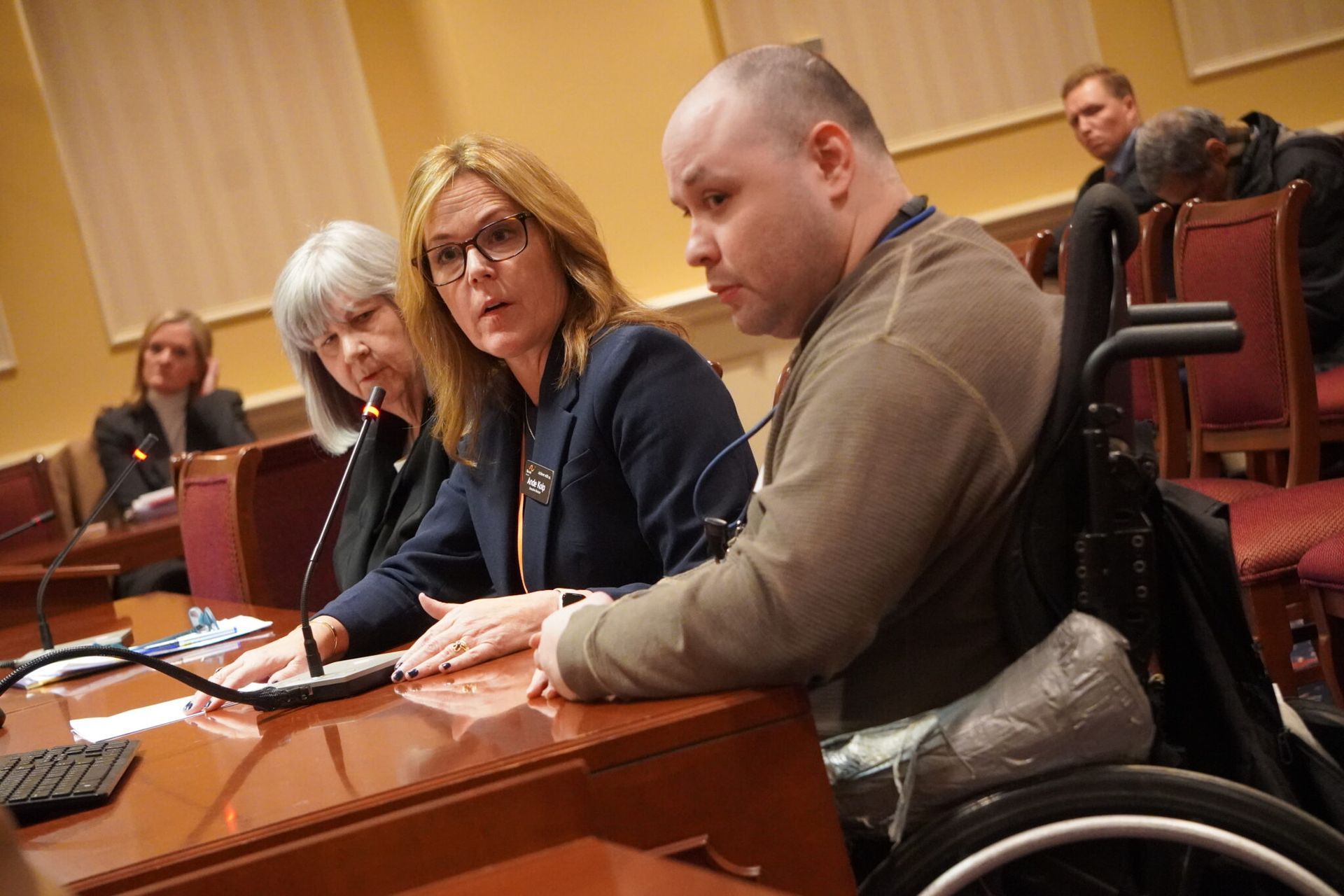Voters with disabilities gain political clout as ballots become more accessible
Voters with disabilities are enjoying a new era of political relevance this Election Day thanks to the COVID pandemic — both the reforms it spurred [01] and the inequities it laid bare.
People with disabilities showed “large gains” in 2020’s voter turnout, said Steve Flamisch of Rutgers University’s Program for Disability Research, referring to a report by the university and the U.S. Election Assistance Commission. [02]
Turnout rose to 17.7 million, up from 16 million in 2016, thanks to mail-in ballots and other initiatives, according to the group, which looked at national data.
It's a community that historically has splintered into smaller populations, each lobbying for specific needs in areas such as hearing or vision loss, mobility challenges or developmental disabilities without coalescing into a larger political bloc. That has left such voters out of initial discussions about public policy, necessitating after-the-fact fixes such as those found in the Americans with Disabilities Act.
“It is a remarkable thing,” Douglas Kruse said about the growing turnout. Kruse is a Rutgers economist who has focused on disability research since he was paralyzed after a 1990 crash.
It’s a trend that Kruse and his wife, Lisa Schur, who co-directs the Program for Disability Research at Rutgers University, expect to continue thanks to accommodations like expanded early voting, ballot drop boxes, voting by mail and increased hours at polling sites.
“The more options, the better,” Kruse said.
The researchers, who analyzed data from the federal government’s Current Population Survey Voting and Registration Supplement for November 2020, found that 62% of people with disabilities voted in 2020, up from 56% in 2016.
That six-percentage-point gain was slightly higher than the five-point increase in voting for the overall population in the hotly contested 2020 election.
Mail-in voting, which many states adopted to reduce COVID risks, played a key role: More than 53% of people with disabilities voted by mail, compared with 42% of those without disabilities, the Rutgers study found.
Kruse and Schur identified 38.3 million eligible voters with disabilities in 2020, a 19.8% jump from 2008, due to an aging population.
In New Jersey, there are 901,446, people with disabilities, according to the Disability Statistics and Demographics Rehabilitation Research and Training Center, a national institute that compiles disability research.
While the pair credit the majority of the turnout increase to voting reforms, the pandemic also brought key issues to the fore that motivated the community, they said.
"People with disabilities were hit especially hard by the pandemic. We will have a study coming out that finds that employment dropped more for people with disabilities than it did for people without disabilities" during the health crisis, Kruse said.
Americans with disabilities are half as likely to have a job as those without disabilities, a gap that existed before the pandemic and is likely to continue after it, he said.
Median earnings for full-time workers with disabilities were $40,454 in 2019, compared with $46,250 for their counterparts without disabilities, according to the Annual Report on People with Disabilities in America, published by the Disability Statistics and Demographics Rehabilitation Research and Training Center.
“Health care is also going to continue to be a very big issue,” Schur said.
A 2018 study by Democratic pollster Stan Greenberg showed “that people with disabilities are more likely than those without disabilities to care about the Affordable Care Act,” Kruse added.
The issues are “uniting people who might not even consider themselves to have disabilities. It may just be, ‘I have some health problems’ or ‘I have a problem hearing or problems walking. But I don’t have a disability,' ” Schur said.
While the improvements in voting are welcome, Kruse pointed out there's still a long way to go. An estimated 1.95 million people with disabilities had trouble voting in 2020, according to his work. Voters with disabilities are "still almost twice as likely as voters without disabilities to have difficulty voting," he said.
“We are happy to see that progress is being made, but there is still room for improvement for future elections,” said Donald Palmer, chairman of the Election Assistance Commission. “This data is critical for officials as they consider new voting technologies, options for voters to cast a ballot, and as they address the growing accessibility needs of an aging demographic.”
Will the community’s newly found voice result in change?
Nationally, it’s hard to judge, Kruse said. In Washington, Congress is debating an expansion of the Medicare program, which he said many in the community rely on. "But whether the disability vote has had any influence over that is hard to say," Kruse added.
As vaccine booster distribution programs are rolling out across New Jersey, advocates say the community is in a better place now than it was at the start of the pandemic.
New Jersey residents with disabilities “had to really raise hell” to make sure they “weren’t forgotten,” said state Senate President Stephen Sweeney, a Democrat. The community and its advocates and families had to push hard to be included in emergency planning throughout 2020. But politicians’ and administrators’ ears perked up last winter.
More than 35 lawmakers from both sides of the aisle joined a disability caucus that gathers to consider how the laws they make affect the community. That followed complaints that the rights of people with disabilities were "abrogated" and their voices "silenced," in an excoriating report issued by a Disability Action Committee [03] formed by the community just months earlier.
In June, the state earmarked up to $600 million to extend classes [04] for thousands of students with disabilities whose learning was cut short by the coronavirus pandemic. On Oct. 27, the state Division of Developmental Disabilities announced that group home residents are eligible for booster shots.
The same population, which includes some of the state’s most vulnerable residents, watched millions line up for COVID vaccines [05] ahead of them earlier this year. But they're being prioritized without a fuss in the booster rollout — a sign, advocates said, of their newfound political muscle.
Making sure your vote counts
While parking and access to polling sites have improved greatly through the years, Disability Rights New Jersey, an advocacy group, offers these tips as well as a hotline in case voters run into problems on Election Day.
“If there is no parking or the site isn’t accessible, call Disability Rights New Jersey,” said DRNJ Managing Attorney Mary Ciccone. “That is something that can be easily fixed on that day.”
What happens if your signature doesn’t match the one in the poll book? For some with disabilities, a signature might change from year to year due to a hand tremor or mobility problem.
Workers at poll sites should offer an opportunity “to cure if your signatures don’t match,” Ciccone said. “Whether you vote by mail or you go in person, you’ll have to sign the poll book. In order to show you are who you say you are, your signatures have to match. You can try again, but you can also just show ID."
Need to hear your choices? You can have two poll workers (who must be from separate political parties) go into the booth with you or request an accessible machine that will read the choices into a set of headphones.
Citations:
- [ARTICLE] Early voting for November election brings changes to NJ. Here's what to know: https://tinyurl.com/22hmewht
- [PDF] Rutgers University’s Program for Disability Research & the U.S. Election Assistance Commission Report: https://tinyurl.com/268fyzzp
- [ARTICLE] N.J. Disability Leaders Condemn N.Js Handling Fear Second Wave: https://tinyurl.com/atbpfw9j
- [ARTICLE] N.J. Schools Students Disabilities COVID Phil Murphy: https://tinyurl.com/rmu9z4
- [ARTICLE] Advocates People Disabilities N.J. Still Not Vaccinated: https://tinyurl.com/5e9yjjsw
